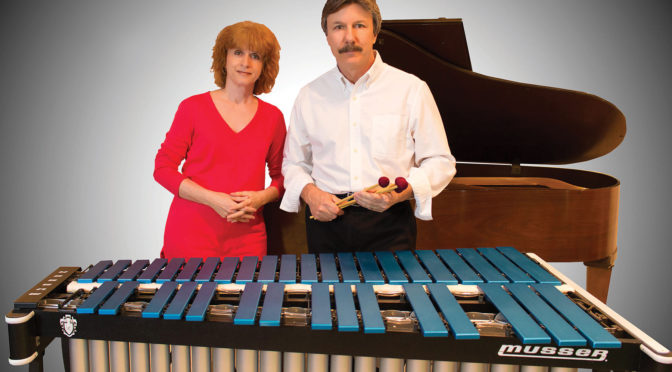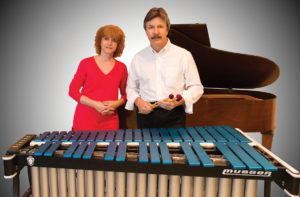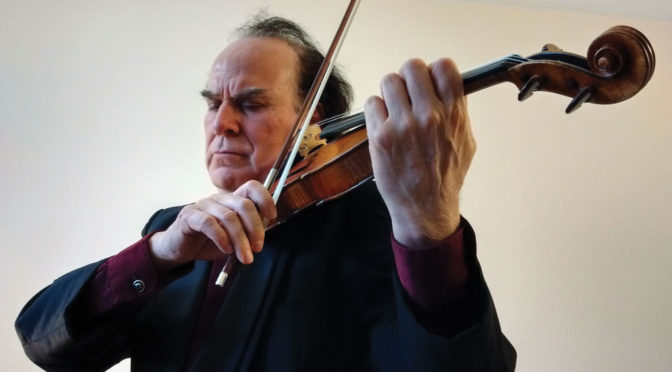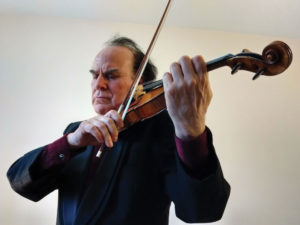Mark Reed

If you’ve ever been touched by the Muse you won’t be surprised to learn that the seed for Mark Reed’s lifetime work, Message to Home, was planted in a dream sequence: “It only lasted about 15 seconds, but it inspired me to consider how an objective observation of life on Earth might look,” says Reed, of Local 247 (Victoria, BC).
Those insightful moments ruminated through decades, until finally emerging as the epic tale of an extraterrestrial traveler whose mission is to bear witness on Earth, and report back to the home planet. What interplanetary traveler Jonnē Krōm experiences oscillates between absolute joy and ultimate despair.
Reed and his piano offer joyful trills and somber refrains, rendering Message to Home a science-fiction oratorio/musical featuring singers and a collection of Local 247 members on guitar, cello, double bass, violin, percussion, and keyboards.






